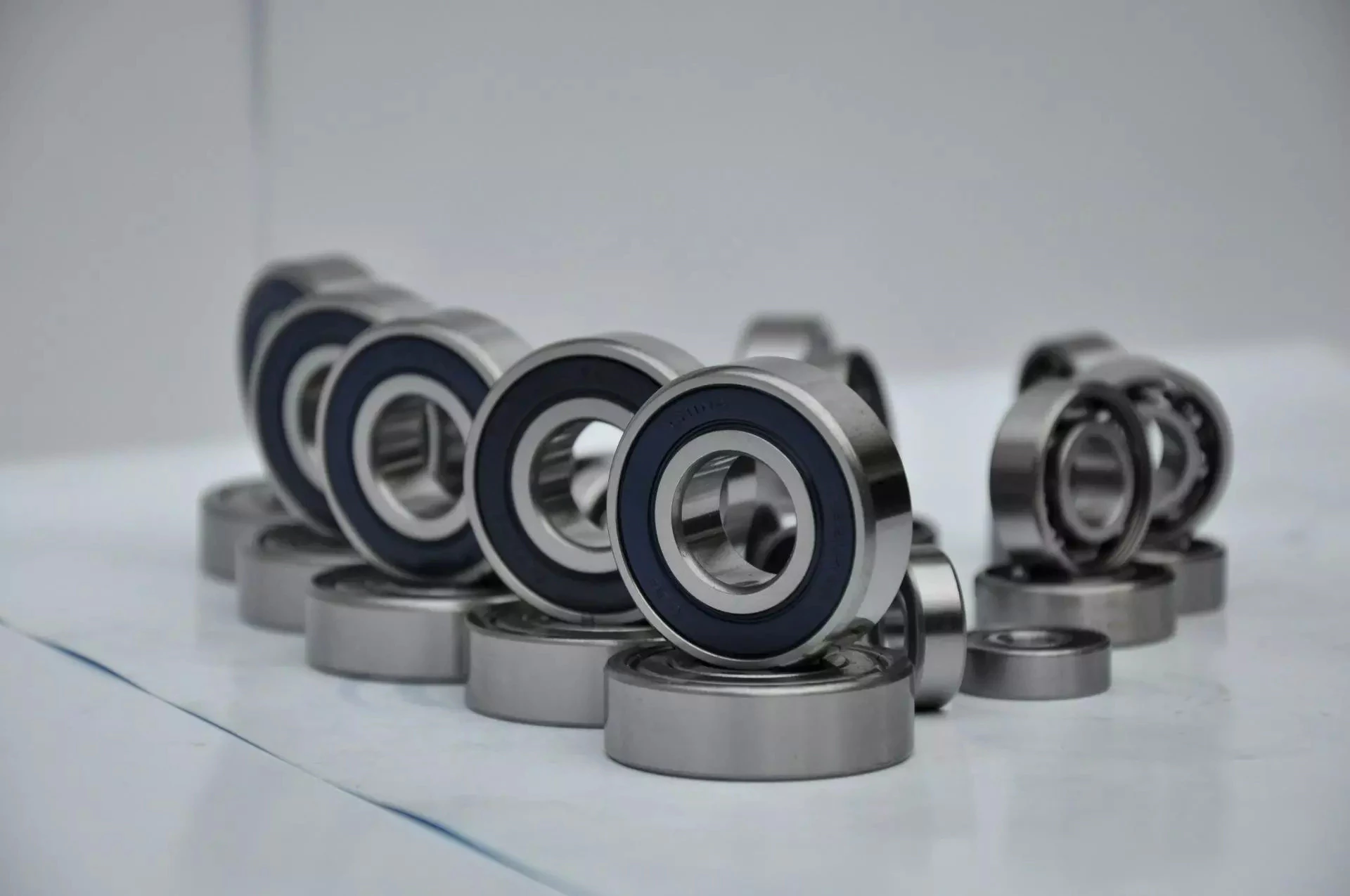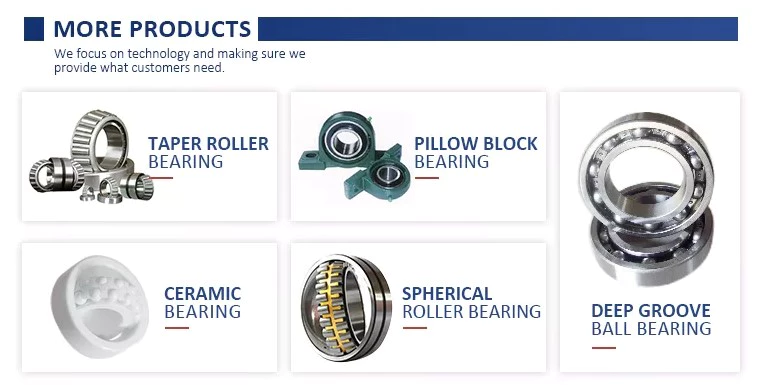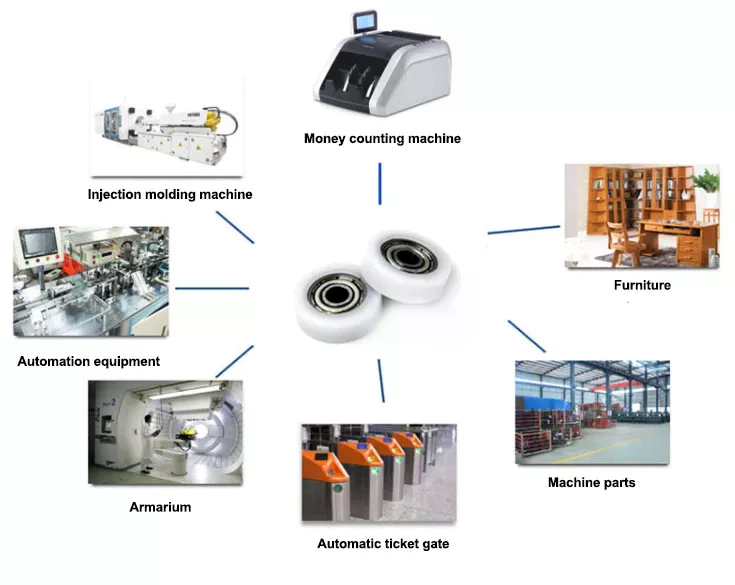Product Description
CE Small/Mini 4WD Front End Loaders 1ton/1.5ton/2 ton Wheel Loaders with attachments
Product Description
1.Heavy duty telescopic boom, self-leveling and boom floating
2.4WD hydrostatic direct drive motors, automatic transmission, high efficiency
3.Quick coupling and quick hitch system
4.Both front and rear hydraulic output for various attachments
5.CZPT engine, Italian pump and valves; EPA Tier4 and EU 5 engines optional
6. 9-functions joystick
7.Flexible articulation and differential lock for all rough terrain
8.Tiltable cabin, fully access to inner parts
Product Parameters
| Model | M910 mini telescopic wheel loader |
| Dimension (LxWxH) | 2690 X1300 X 2280mm |
| Max. lifting height (boom extended) | 3030mm |
| Max. lifting height (boom retracted) | 2512mm |
| Max. dumping height | 2630mm |
| Bucket capacity | 0.5cbm |
| Max. loading capacity | 1000kg |
| Min. turning radius | 2120mm |
| Speed | 0-12 km/h |
| Weight | 1850 kg |
| Standard tire | 26X12-12 |
| Working oil flow | 33.5L/minx2 |
| Engine | Yanmar/Chinese/Euro V/ EPA Tier 4 final |
| Rated power | 45hp |
Detailed Photos
Telescopic Boom
Max. reach 3000mm;
Boom flaoting;
Self levering;
Hydraulic quick hitch;
Hydraulic + Electrical output.
Control System
Multifunction joystick control;
Standard heating system;
Optional air conditioner;
Forward/Reverse foot pedal;
Hand accelerator
Driving & Working System
Tipping cabin for easy maintenence;
Piston pump+4 hydraulic motor for transmission;
Variable speed;
Twin pump for working system
Our Advantages
Loader+Tractor, 1 Multi-purpose helper for all your works
Front part is loader, with telescopic boom, hydraulic output, quick hitch and coupling system for various attachments, like bucket, fork, grapple, auger, hammer, lawn mower, etc.
Rear part is tractor, with hydraulic output, 3-point hitch, hydraulic PTO, for rotary tiller, flail mower, plough, harrow, trailer, etc.
STEEL CZPT series machines are widely used in farming, agriculture, landscaping, gardening, construction, municiple, etc.
Packaging & Shipping
Thanks to the compact design of STEEL CZPT M910 mini telescopic loader, it can be driven into container directly and fully assembled.
Loading condition:2 sets/20ft GP; 4 sets/40ft GP
Company Profile
Direct Manufacturer, 100% guarantee!!
We are direct manufacture factory, every aspect in a deal that customer concerns is guaranteed, like price, quality, delivery time and after service.
We devoted to offering 1 stop shopping and solution to customers' needs. The products we currently offer covering loaders, telehandlers, excatators and loader attachments. Besides we have our own engineering team, can make customized design/product.
"Honest" is our business way. We appreciate customers' trust, and we are always CZPT as return.
We choose "STEEL CAMEL" as our brandname, as all our products were designed for heavy duty work, trouble less and more service, like the what the CZPT do for people.
FAQ:
1. Are you manufacturer?
Yes.
We are factory in CZPT city, ZheJiang province, near HangZhou port.
By fast train to CZPT station, from ZheJiang , 3-4 hours; from ZheJiang , 2-3 hours.
2. Do you have warranty?
Yes.
All machines have 18 months or 1000 hours warranty, whichever comes first
Warranty starts from the time you receive the machines, not include production and shipping time.
Within warranty, all parts are offered for free. Exceed warranty, all parts are offered at cost prices.
3. Do you have after-sale service?
Yes.
After order, we will start production quickly and keep updated.
After shipment, we will track the shipping and keep updated.
After you receive machines, we will instruct the usages and maintenance.
During usage, if any problems, we will offer timely and complete solutions.
We offer servicing for the whole lifetime of machines, no worry for personal use or resell.
Advantages of Ball Bearings
What is a ball bearing? A ball bearing is a type of rolling-element bearing that utilizes balls to maintain separation between 2 bearing races. Its contact angle between the balls and the races helps it reduce friction between the loads. There are several advantages to ball bearings, including their ability to withstand water. Read on to learn more. Here are a few of the benefits. You can use them in your daily life, from your car to your boat.
Ball bearings reduce friction between loads
Ball bearings reduce friction between loads by constraining the relative motion between moving parts. These bearings consist of a ring of small metal balls that reduce friction between moving objects. The name "ball bearing" is derived from the verb "to bear." The lubricant within the bearing reduces friction between moving particles. In a machine, ball bearings reduce friction between moving parts and improve linear motion around a fixed axis.
These bearings are commonly used to reduce friction between loads in rotating machines. They have 2 tracks, 1 fixed to the rotating part and 1 stationary. The rolling balls of a ball bearing have lower friction than flat surfaces. Because of this, they are useful for bar stool bearings. They reduce friction between surfaces and maintain the separation between bearing races. Hence, minimal surface contact is possible. Ball bearings have the potential to increase the life of machines and reduce energy consumption.
Ball bearings can be as small as a wrist watch or as large as an industrial motor. They function the same way, reducing friction between loads. Among their many uses, ball bearings are essential for everyday operations. Clocks, air conditioners, fans, and automobile axles all use ball bearings. In fact, anything that uses a motor requires ball bearings. It's no wonder they're gaining popularity in industries and everyday life.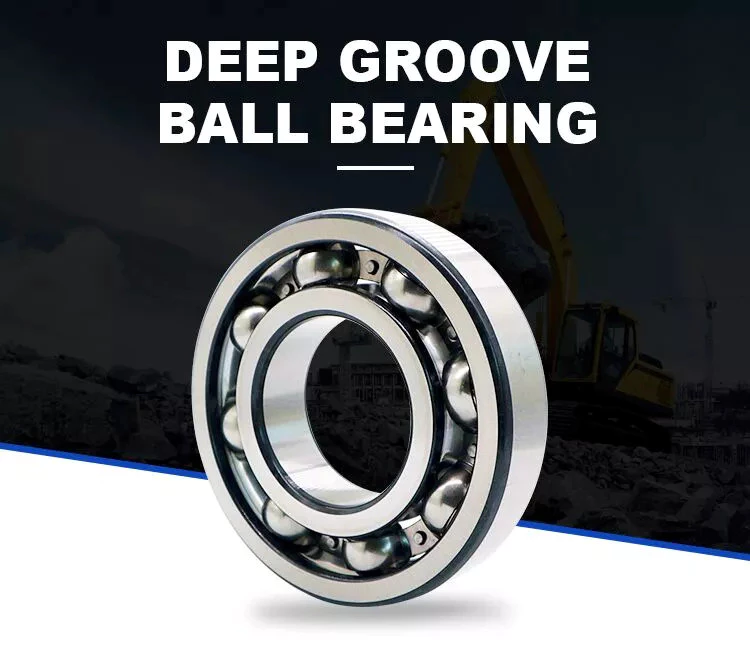
They support radial and axial loads
Radial ball bearings are used primarily for radial loads, but they also have a capacity for axial load. This load capacity is usually given as a percentage of the radial load rating. Axial load capacity is generally greater for a bearing with a larger difference between the inner and outer ring diameters. The axial load capacity is also affected by the bearing's raceway depth, with shallow raceways being more suitable for heavier axial loads.
The 2 main types of axial and radial loads are defined by their orientation. Axial loads apply forces in 1 direction while radial loads act on the opposite direction. In both cases, the bearing must support the forces that are imposed. Axial loads apply forces to a bearing in a single direction, while radial loads apply forces in both directions. Regardless of the type of load, axial and radial loads should be considered when selecting a bearing for a given application.
Angular and radial ball bearings differ in their materials. Radial ball bearings are made largely of through-hardened materials. They typically have a Rockwell hardness rating of 58 Rc. The raceways and balls of these bearings are made of 440C stainless steel. They may also contain shields and seals. SAE 52100 steel is the most common material for the raceway, while molybdenum steels are excellent for high temperatures.
They have a contact angle between the balls and the races
When comparing axial load bearings with their radial counterparts, the angular contact angle is more important. Axial load bearings, have a contact angle between the balls and the races of 35 degrees. They are suitable for axial loads and a limited radial load. The contact angle of these bearings is a result of the shape of the inner and outer rings. Each rolling element comes into contact with the inner and outer rings only at 1 point, forming a 30 degree angle with the radial plane. The radial force of the axial load on these bearings is therefore increased by increasing the contact angle between the balls and the races.
This contact angle determines the amount of friction between the balls and the races, and allows angular contact bearings to withstand heavy radial and thrust loads. In addition, the larger the contact angle, the greater the axial load support. Angular contact bearings come in standard imperial (inch) and metric (mm) sizes. The angular contact angle is determined by the free radial play value and the curvature of the inner track.
They are water-resistant
In addition to their water-resistant qualities, corrosion-resistant ball bearings can also protect against the damaging effects of corrosive environments. Generally, standard metals, such as steel, are susceptible to rust, which can significantly reduce their performance and extend the life of parts. However, plastics, stainless steel, and ceramics can provide corrosion-resistant ball bearings. And because these materials are much more durable, they offer other advantages, such as being easy to maintain.
Among the advantages of plastic ball bearings is their high resistance to extreme temperatures, high speeds, and corrosion. Depending on their construction, plastic bearings are often able to resist corrosion and anti-static properties. They're lightweight and inexpensive compared to steel ball bearings. CZPT Sales Corporation was established in 1987 with a modest turnover of 4 lacs. As of the last financial year, it has grown to 500 lacs in sales.
Other advantages of water-resistant ball bearings include corrosion resistance, which is a key consideration in many applications. While stainless steel is highly corrosion-resistant, it decreases the bearing's load-carrying capacity. Also, corrosion-resistant deep groove ball bearings are usually made with a specified internal clearance, which absorbs loss in clearance during mounting and shaft expansion. This factor affects their performance, and if these are compromised, a replacement may be necessary.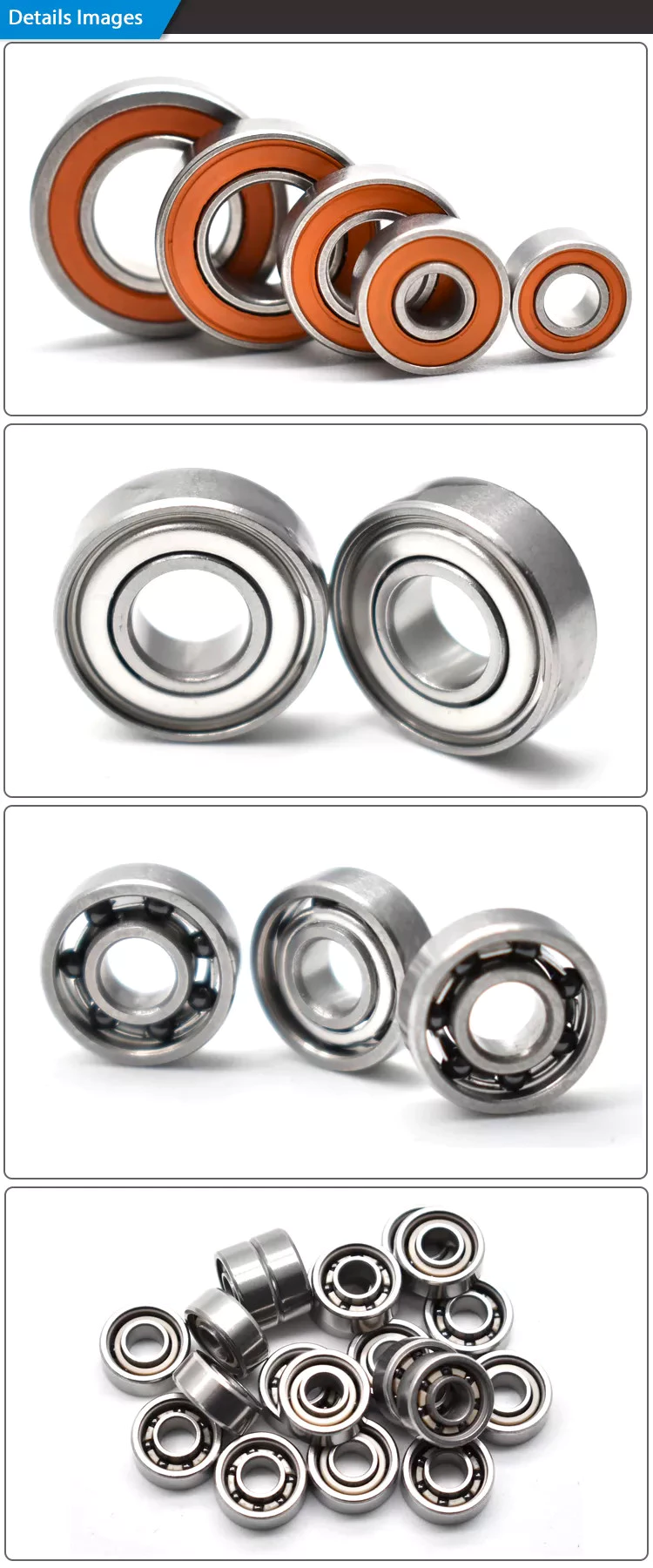
They are tough
A few things make ball bearings tough: they're made of real materials, which means that they have inherent imperfections. Grade-1 balls are made especially for high-stress applications, such as Formula One engines. Grade-3 balls, on the other hand, strike the perfect balance between performance and cost. Ceramic balls, for example, are made to spin at a high rate of 400 RPM, and they're finished with a mirror finish.
A steel carbon ball bearing is 1 of the toughest forms of ball bearings available. The material is incredibly strong, but the contact between the balls isn't the best. Low-carbon steel is best for linear shafting and is usually coated with a polymer to prevent damage. Steel ball bearings with moderate amounts of carbon are tough, durable, and water-resistant. They're ideal for gears, but their high-carbon steel counterparts are particularly tough and can resist corrosion.
A ceramic ball bearing is another option. This type has steel inner and outer rings but ceramic balls. Ceramic balls can withstand higher temperatures than steel and are also electrically insulating. Ceramic ball bearings also tend to be lighter and are more resistant to wear and tear. They're also ideal for applications in which grease is not an option, such as in space shuttles. Despite the fact that ceramic ball bearings are tough, they're still cheaper than steel ball bearings.
They are conductive
You may have heard the term "ball bearing" if you've studied introductory physics. What does that mean? Essentially, ball bearings are conductive because of their ability to conduct electricity. This ability is reflected in the charge distribution on the surface of the ball. Positive charges are drawn toward the positive plate, while negative charges are drawn away from the positively charged ball bearing. You may have even seen a ball bearing in action.
However, despite their conductive nature, ball bearings can still become damaged by electrical discharge. A higher voltage can cause the balls to pit, and the raceways to become uneven. These uneven surfaces will first show up as excessive noise, and eventually cause the bearing to malfunction. Fortunately, engineers have found a way to counter this problem: conductive grease. This grease enables current to flow through the ball bearing, preventing both heat and voltage buildup.
The difference between steel and ceramic ball bearings is their density. Steel bearings are more conductive than glass or hybrid ceramics. Steel ball bearings have an even grain structure and are conductive for resonance flow. When moving fast, the air surrounding the steel ball bearing carries resonance from the inner ring to the outer. This makes them ideal for high-speed resonance transfer. In addition to being conductive, glass microbeads are harder and lighter than steel.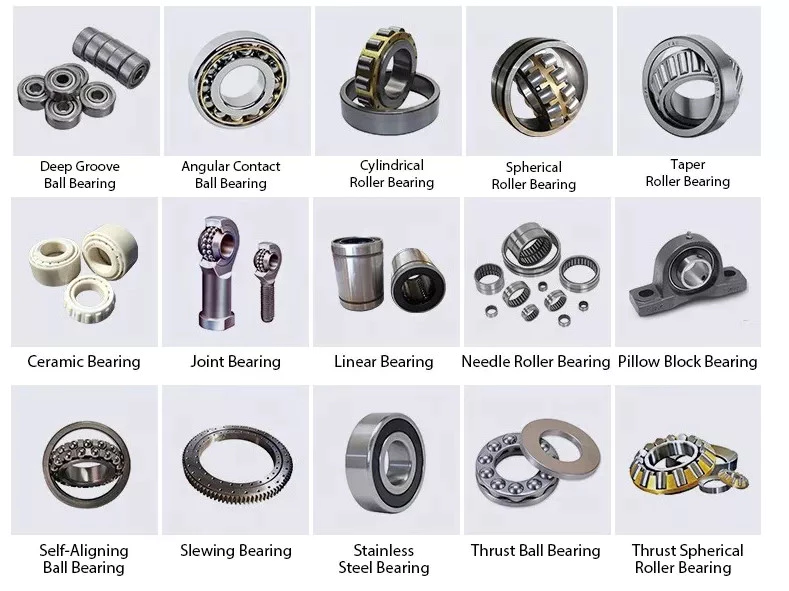
They are used in pulley systems
Pulley systems use ball bearings to move the sprocket, which is a wheel that rotates. These bearings are installed on the center mounting hole of the pulley wheel. They protect the entire system from heat, while allowing higher speed and smooth operation. They distribute the weight of the load evenly, minimizing friction and wobbling, and ensure a smooth rotation. Ball bearings are typically made from steel and are installed inside the pulley wheel.
The moment of inertia and bearing friction are measured to within 10 percent accuracy. These 2 variables affect the speed of the pulley system, which can lead to crashes if the weight holders are not balanced. Therefore, ball bearings are used to minimize the chance of such crashes. When you want to know more about ball bearings in pulley systems, here are the advantages they provide.
Another benefit of ball bearings in pulley systems is that they have lower friction than their solid counterparts. In order to reduce friction, however, ball bearings must be made of good materials. Some of the common ball materials are high-quality plastics and stainless steel. Good materials and clever block design are essential to minimizing friction. If you are planning to use ball bearings in your pulley system, check out the following tips and make sure you are choosing the right 1 for your application.

